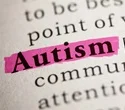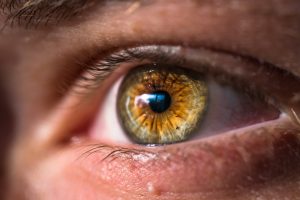According to research that was just published online in the open access journal BMJ Open, young children with common ENT disorders may be at increased risk of developing autism or having a high level of autistic symptoms.
According to the researchers, early diagnosis and treatment of ENT disorders may enhance the quality of life for these kids and possibly offer light on some of the causes of autism.
The researchers conclude that a combination of genetic, environmental, and biological variables are likely to be involved in the development of autism, and that the origins of the various autistic traits may vary.
According to earlier studies, ENT disorders such ear infections, “glue ear,” and sleep-disordered breathing may contribute to the emergence of autism. But the majority of this proof is based on health records, which could have influenced the results because parents of children with suspected autism may be more likely than other parents to seek medical attention for their children.
The long-term Children of the 1990s project, also known as the Avon Longitudinal project of Parents and Children (ALSPAC), was used by the researchers to avoid this. Since their birth, more than 14,000 children have had their health monitored, as well as their parents’ starting in the early 1990s.
The new study is based on extensive data collected from over 10,000 young children who were closely observed for the first four years of their lives.
Three surveys were prepared for mothers to complete when their children were 18 months, 30 months, and 42 months old.
They also completed 3 questionnaires when their children were just over 3, nearly 6, and 9 years old. These were designed to pinpoint speech coherence, social and communication issues, repetitive and abnormal behaviors, and sociability, traits which are characteristic of autism. A diagnosis of autism was confirmed from educational records and parental feedback, among other sources.
Adjustments were made for 10 potentially influential ‘environmental’ factors: early or late birth; sex; number of mother’s previous pregnancies resulting in a live or stillbirth; breast feeding; postnatal depression; mother’s educational achievements; mother’s smoking at 18 weeks of pregnancy; mother’s belief in her own agency; child’s exposure to environmental tobacco smoke at 15 months; child’s attendance at a crèche/other daycare by the age of 30 months.
In all, 177 children had a probable diagnosis of autism:139 boys and 38 girls. Those with autism traits were defined as the 10% of the sample with the highest trait scores.





